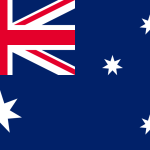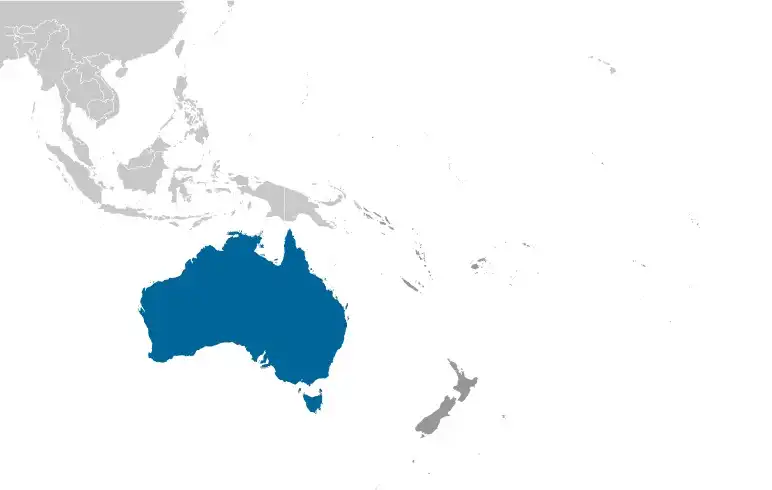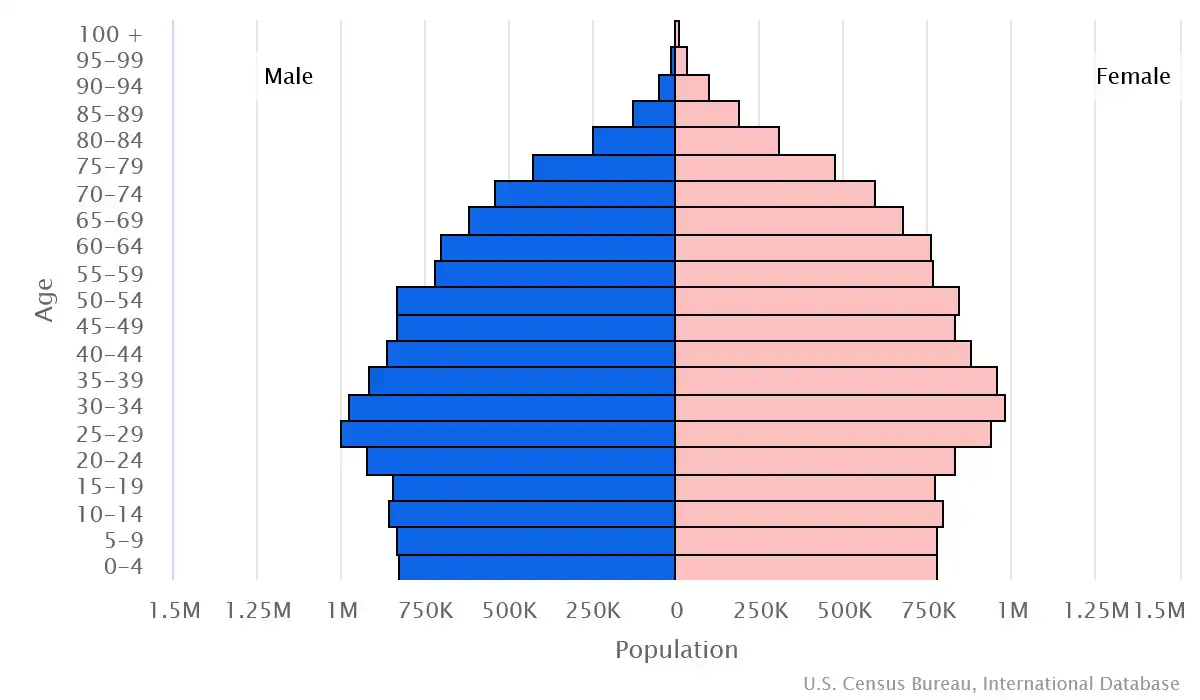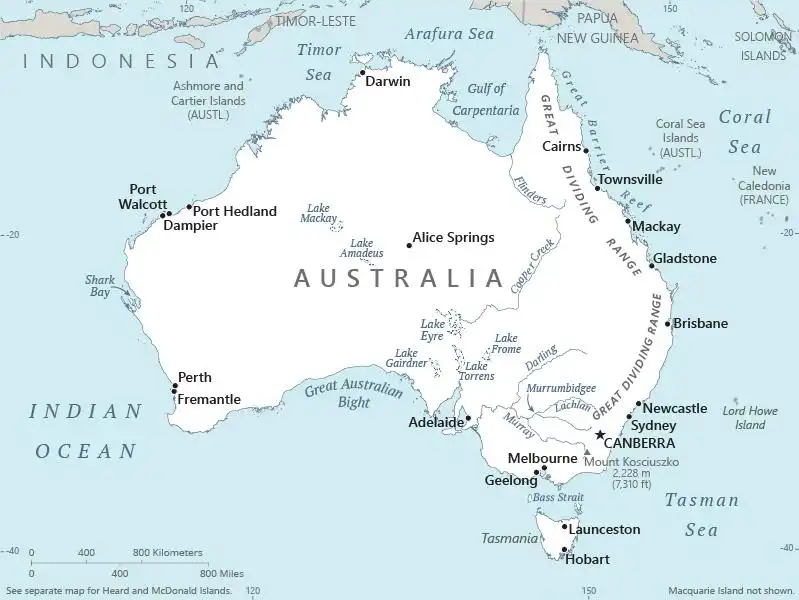
Australia
Country Data Dashboard

| Government type: | federal parliamentary democracy under a constitutional monarchy; a Commonwealth realm |
| Capital: | Canberra |
| Languages: | English 72%, Mandarin 2.7%, Arabic 1.4%, Vietnamese 1.3%, Cantonese 1.2%, other 15.7%, unspecified 5.7% (2021 est.) |
People & Society
Ethnicity (2021 est.)
Religion (2021 est.)
Age structure

Economy
Economic overview
highly developed, diversified, regionally and globally integrated economy; strong mining, manufacturing, and service sectors; net exporter driven by commodities to East Asian trade partners; “Future Made in Australia” program focused on green energy investments
Real GDP (purchasing power parity) in Billion $
Real GDP per capita in $
Exports & Imports in billion $
Top 5 Import Partner in 2022 (55%)
Top 5 Import Commodities in 2022
- refined petroleum ⛽
- cars 🚗
- garments 👕
- trucks 🚚
- plastic products ♻️
Top 5 Export Partner in 2022 (55%)
Top 5 Export Commodities in 2022
- coal ⚫
- iron ore ⛓️
- natural gas 💨
- gold 💰
- wheat 🌾
Geography
Map

Area
Natural resources
- alumina 🪶
- coal ⚫
- iron ore ⛓️
- copper 🟧🪙
- lithium 🔋
- tin 🪙
- gold 💰
- silver 🪙
- uranium ☢️
- nickel 🪙
- tungsten 🔧
- rare earth elements 🪨🪙💎
- mineral sands 🏜️
- lead 🪙
- zinc 🔩
- diamonds 💎
- opals 💎
- natural gas 💨
- petroleum 🛢️
Climate
generally arid to semiarid; temperate in south and east; tropical in north
Historical Background Information
Aboriginal Australians arrived on the continent at least 60,000 years ago and developed complex hunter-gatherer societies and oral histories. Dutch navigators led by Abel TASMAN were the first Europeans to land in Australia in 1606, and they mapped the western and northern coasts. They named the continent New Holland but made no attempts to permanently settle it. In 1770, Englishman James COOK sailed to the east coast of Australia, named it New South Wales, and claimed it for Great Britain. In 1788 and 1825 respectively, Great Britain established New South Wales and then Tasmania as penal colonies. Great Britain and Ireland sent more than 150,000 convicts to Australia before ending the practice in 1868. As Europeans began settling areas away from the coasts, they came into more direct contact with Aboriginal Australians. Europeans also cleared land for agriculture, impacting Aboriginal Australians’ ways of life. These issues, along with disease and a policy in the 1900s that forcefully removed Aboriginal children from their parents, reduced the Aboriginal Australian population from more than 700,000 pre-European contact to a low of 74,000 in 1933.
Four additional colonies were established in Australia in the mid-1800s: Western Australia (1829), South Australia (1836), Victoria (1851), and Queensland (1859). Gold rushes beginning in the 1850s brought thousands of new immigrants to New South Wales and Victoria, helping to reorient Australia away from its penal colony roots. In the second half of the 1800s, the colonies were all gradually granted self-government, and in 1901, they federated and became the Commonwealth of Australia. Australia contributed more than 400,000 troops to Allied efforts during World War I, and Australian troops played a large role in the defeat of Japanese troops in the Pacific in World War II. Australia severed most constitutional links with the UK in 1942 but remained part of the British Commonwealth. Australia’s post-war economy boomed and by the 1970s, racial policies that prevented most non-Whites from immigrating to Australia were removed, greatly increasing Asian immigration to the country. In recent decades, Australia has become an internationally competitive, advanced market economy due in large part to economic reforms adopted in the 1980s and its proximity to East and Southeast Asia.
In the early 2000s, Australian politics became unstable with frequent attempts to oust party leaders, including five changes of prime minister between 2010 and 2018. As a result, both major parties instituted rules to make it harder to remove a party leader.
